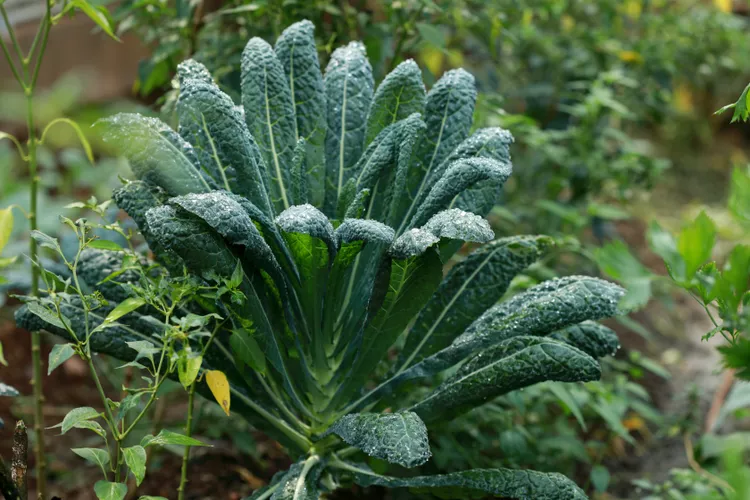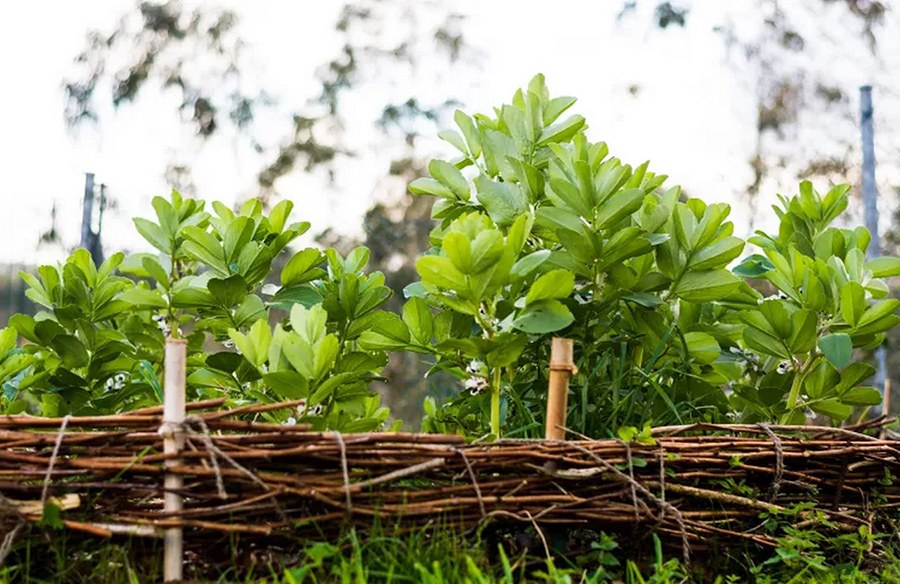In the realm of sustainability, closed-loop systems are heralded as the pinnacle of eco-friendly practices, and gardening is no exception. Yet, surprisingly, many gardeners overlook the concept of closed-loop gardening as a fundamental goal in their horticultural endeavors. Let’s delve into the essence of closed-loop gardening, its core principles, and why it’s a practice worth embracing.
Understanding Closed-Loop Gardening
Closed-loop gardening revolves around the creation of self-sustaining systems that operate endlessly without relying on external inputs beyond those provided by nature—such as sunlight, rain, and minimal human intervention.
Unlike conventional gardening methods that necessitate constant infusions of external resources, closed-loop systems harness internal resources within the garden itself to perpetuate growth and productivity. It’s a holistic, self-sustaining approach that minimizes reliance on external inputs.

Key Components of Closed-Loop Gardening
Establishing a closed-loop garden system involves several key components and practices:
- Seed Saving and Propagation: Utilizing seed-saving techniques and other propagation methods to generate new plants from existing ones.
- Natural Plant Propagation: Incorporating plants that can propagate naturally through spreading or self-seeding, including wild plants often considered “weeds.”
- Mulching and Nutrient Recycling: Employing specific plants to provide natural mulches and liquid feeds, while recycling nutrients within the garden through composting and mulching.
- Nitrogen-Fixing Plants: Introducing nitrogen-fixing plants and “dynamic accumulators” to replenish soil nutrients.
- Sustainable Material Usage: Utilizing natural materials sourced from the garden itself for constructing garden components like pathways, fences, and sheds.
- Water Management: Implementing sustainable water systems, including rainwater harvesting and effective water conservation practices.
These components, among others, form the foundation of a closed-loop garden system, designed to operate in harmony with natural cycles and minimize external inputs.
The Significance of Closed-Loop Gardening
Closed-loop gardening offers numerous benefits, both environmental and practical:
- Reduced Consumption: By sourcing garden needs internally, closed-loop gardening minimizes the environmental impact associated with purchasing external inputs, contributing to a more sustainable lifestyle.
- Financial Savings: Eliminating the need to purchase external resources results in financial savings for gardeners, reducing overall expenditure.
- Lower Maintenance: Closed-loop systems often require less intervention and maintenance, as they leverage natural processes to sustain themselves over time.
- Ease of Gardening: Working in tandem with nature’s cycles translates to a lower-maintenance garden that demands less time and effort from the gardener.
While closed-loop gardening necessitates some level of intervention, the overarching objective is to foster self-sustaining systems that operate seamlessly with minimal external inputs.
In essence, closed-loop gardening epitomizes a harmonious relationship between humans and nature, promoting sustainability while reaping practical benefits for gardeners. Embracing this approach not only reduces environmental impact but also fosters a deeper connection with the natural world, enriching both garden and gardener alike.








